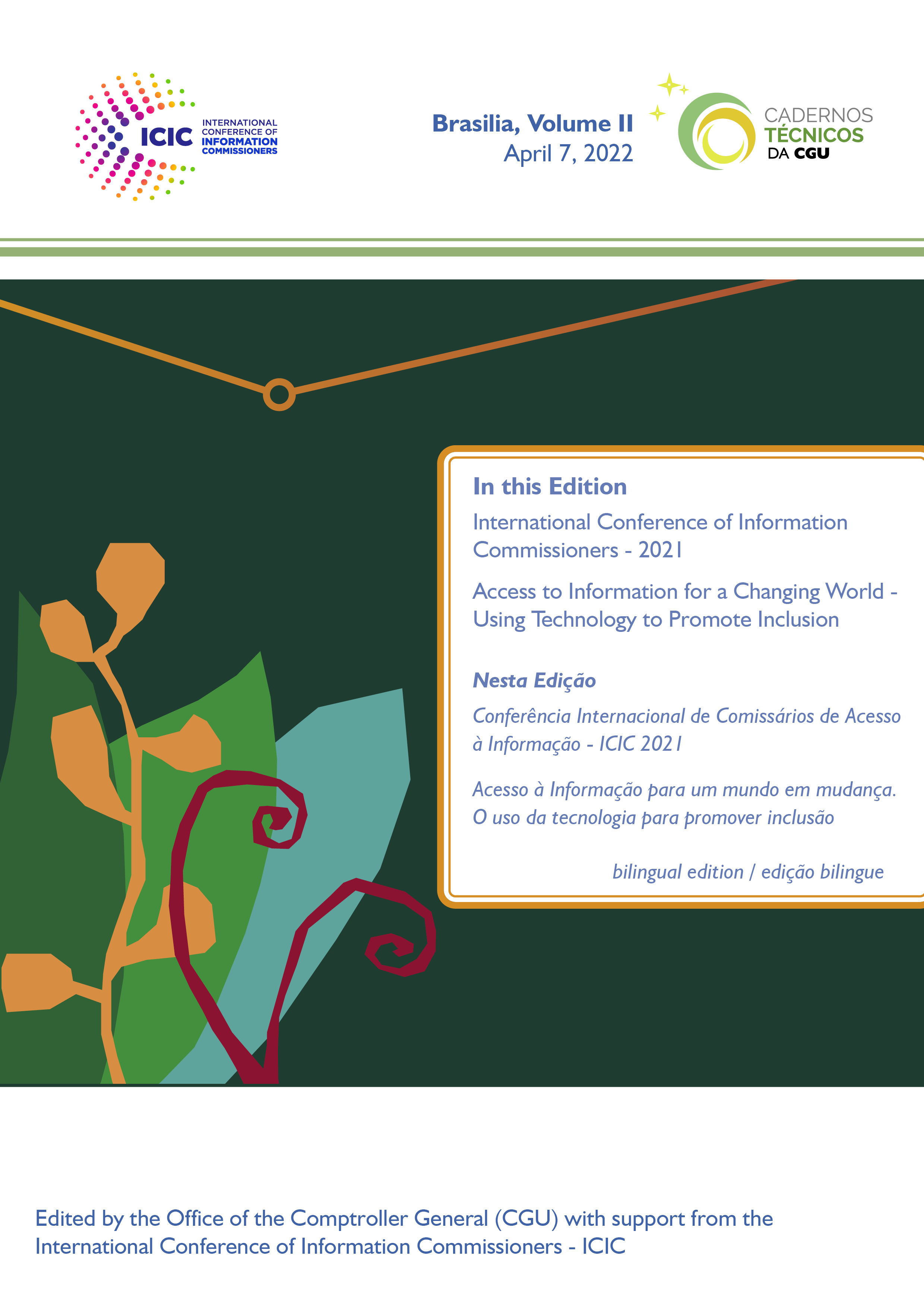IS PERSONAL DATA PROTECTION A THREAT TO ACCESS TO INFORMATION? A FALSE NORMATIVE ANTINOMY, BUT A FACTUAL INSECURITY WITHIN FEDERAL INSTITUTIONS OF HIGHER EDUCATION
Keywords:
Access to Information Law, General Personal Data Protection Law, Public transparencyAbstract
The present work aims to analyze and understand the existence or not of an opposition between the Access to Information Law (LAI, Law n. 12,527 / 2011), and the General Data Protection Law (LGPD, Law n. 13.709 / 2018), on public transparency within the scope of Federal Institutions of Higher Education (IFES). In spite of these legislative instruments, they comprise different disciplines, the first, focused on public data and the other, on personal data. The problem that led the development of this research consists of the following questions: is there an apparent conflict in the applicability of these legal contributions? Could the possible insecurity generate a setback in public transparency? To analyze the researched data, a methodological path was used that interweaves a field study, with a qualitative analysis of the questionnaires applied to the research corpus, which focuses on 22 federal universities and 08 (eight) federal institutes. Initially, in the first chapter, an excerpt is made on the Law on Access to Information as an instrument for the effectiveness of public transparency. Then, the guidelines of the General Data Protection Law are discussed as a representative framework in informative self-determination. The final chapter analyzes the (in)compatibility between the LAI and the LGPD by the institutions regarding the information requested from the Citizen Information Service.
Downloads
Published
Issue
Section
License
Copyright (c) 2022 Cadernos Técnicos da CGU

This work is licensed under a Creative Commons Attribution 4.0 International License.
-
The Cadernos da CGU follows the Creative Commons Attribution 4.0 International License (CC BY), which allows the use and sharing of published works with mandatory indication of authors and sources.
We highlight some essential and non-exhaustive points related:
- The submission of the proposal implies a commitment not to submit it to another journal and authorizes if approved, its publication.
- The submission of the proposal also implies that the author(s) agrees with the publication, without resulting in remuneration, reimbursement, or compensation of any kind.
- The published texts are the responsibility of the authors and do not necessarily represent the opinion of the journal.
- Responsibility for any plagiarism is the responsibility of the author(s).
- The person responsible for the submission declares, under the penalties of the Law, that the information on the authorship of the work is complete and correct.

